The silly season is upon us and, if you are anything like us, you will be seeing all those cute Christmas costumes for dogs in the shops and wondering what your significant other would say if you bought them. But have you stopped to wonder what your dog (or cat) thinks?
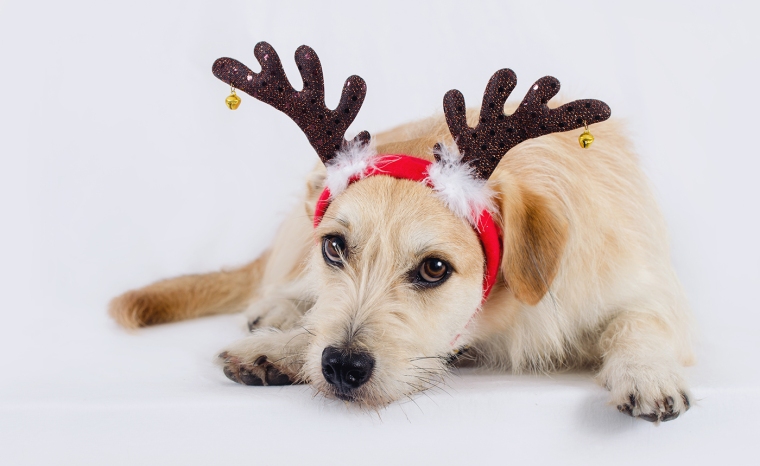
With Christmas just around the corner, we are bracing for the onslaught of “cute” and “funny” photos and videos on social media, showing humans laughing and having fun, while their pets try to cope with the hats, antlers, outfits, and strangers dressed in Santa costumes that are making them feel uncomfortable. Most people aren’t stressing their pets out on purpose, they just haven’t learned to notice the stress signals their dog uses to express discomfort. These stress signals can include repeated lip licking, yawning, panting, freezing/standing stiff/refusing to move, leaning away/avoidance, low ears or tail, and looking away.
It would be too easy for us to say “just don’t dress your pet up”, and where’s the fun in that? If you are inclined to get into the holiday spirit with your pet, why not spend a few minutes doing some training so they can enjoy the festive photo shoot too?
For hats and antlers, you can encourage your dog to put his head through the band for a treat. He should be free to move out of the head piece after he takes the treat. Practice a few times in a row, and you should notice that your dog is choosing to put his head through the band before you even ask, because he knows it will pay off! You can build duration (so you can get your photo) by feeding a few treats in a row while he is wearing the head piece, gradually increasing the time between treats. If he tries to swat the hat off, you’ve left it on too long! Try increasing the rate you are delivering treats at.
Costumes/t-shirts can feel more restrictive, and many dogs are uncomfortable wearing them. If your dog freezes and looks unhappy (refer to list of stress signals above), don’t persist with putting the costume on! If your dog is more relaxed about wearing clothes, then encourage him to put his head through the neck hole using a couple of treats, and then ask him to offer his paw (“shake”, if he knows that trick) so you can finish with the leg holes. Offer him plenty of treats while he’s dressed up, and don’t leave him dressed for long (unless the temperature outside/inside is cool, and he enjoys wearing coats/jackets/t-shirts).
Santa photos can be the biggest challenge of all for some dogs – what could be scarier than a stranger wearing bizarre clothes and grossly invading your personal space?! If you take your dog to a “Santa Paws” event, watch him carefully for signs of stress, and don’t persist if he is unhappy. Take treats, so you can reward your dog for approaching Santa, sitting still for the camera, and settling in line while waiting their turn. If possible, opt to hold your dog on your own lap while sitting next to Santa, or have your dog sit on the ground (or seat if they are comfortable to do so) in front of, or beside, Santa rather than on his lap. You could even ask Santa to give your dog a couple of his favourite treats!
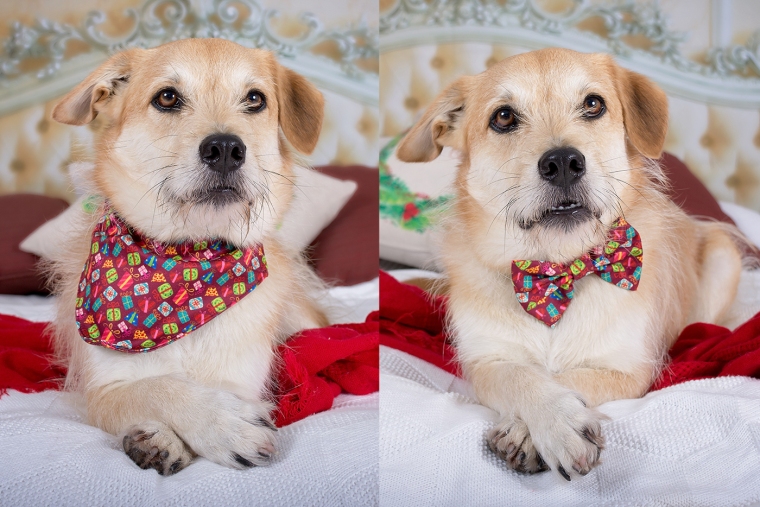
If your dog sees you with the costumes and races the other way, don’t despair – there are some other ideas for getting great Christmas photos without worrying your furry friend! You can ask him to sit or lie down with some Christmas lights in the background, or decorations scattered around, or you could opt for a simple (but adorable) Christmas bow tie or bandanna attached to their collar. There is also the magic of Photoshop, where you are only limited by your imagination (and skill with the software).
Don’t have fun at the expense of your dog (or cat) this Christmas! If you think reindeer costumes are adorable, then take the time to train your dog to LOVE getting dressed up too. A cute photo is not worth stressing your dog out.




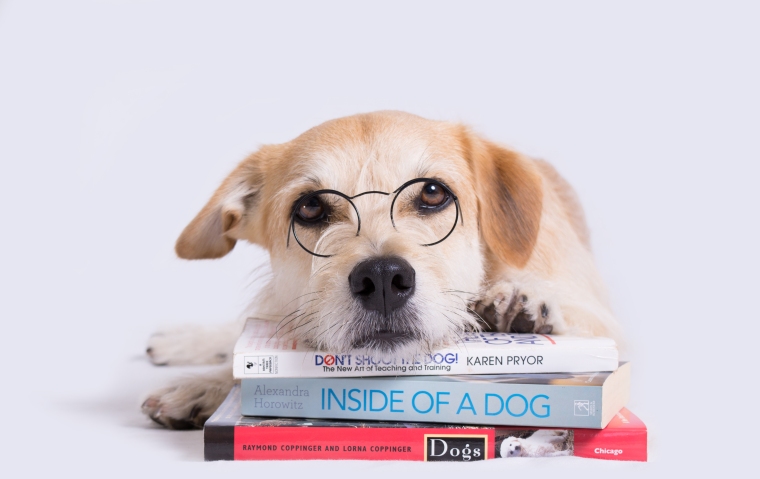

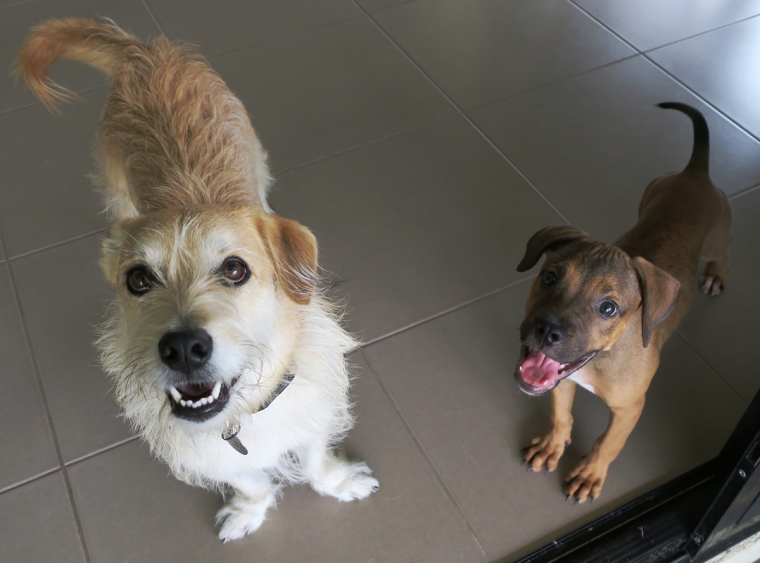
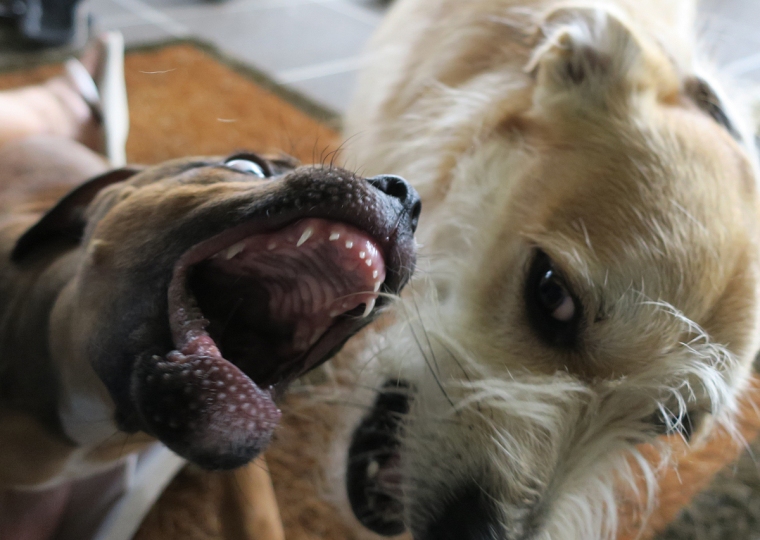
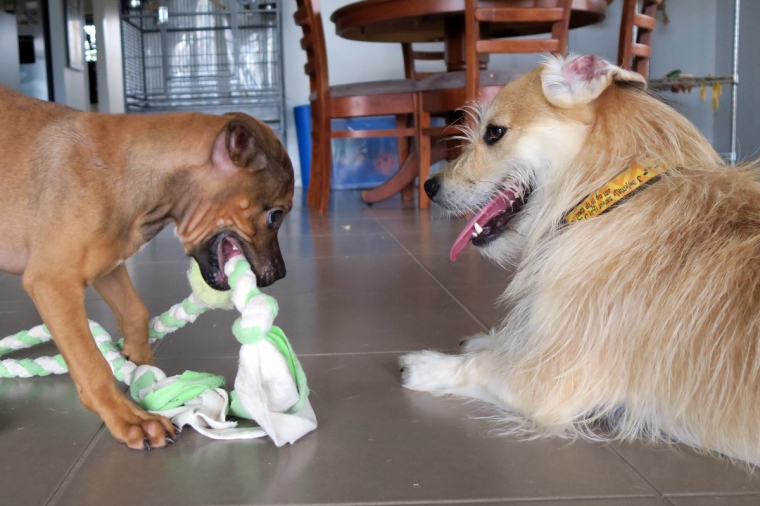
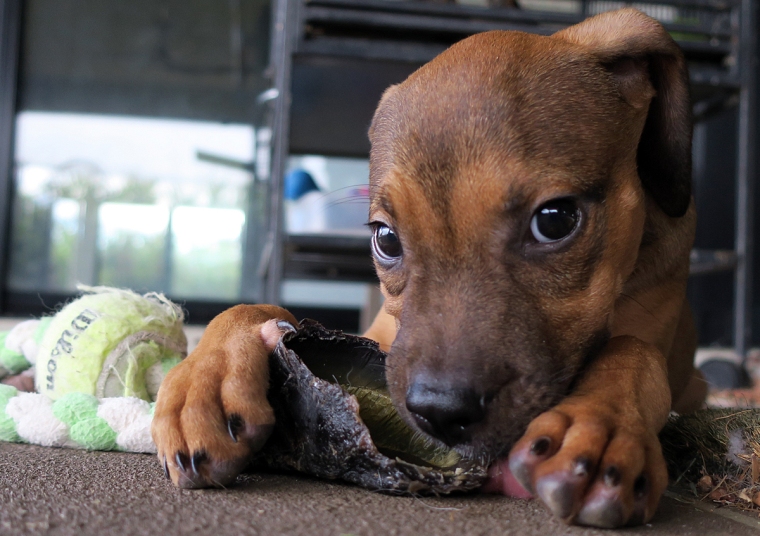
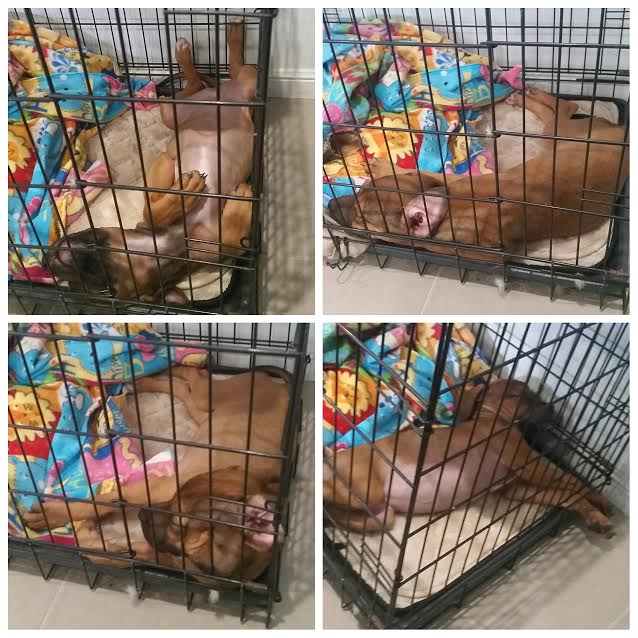



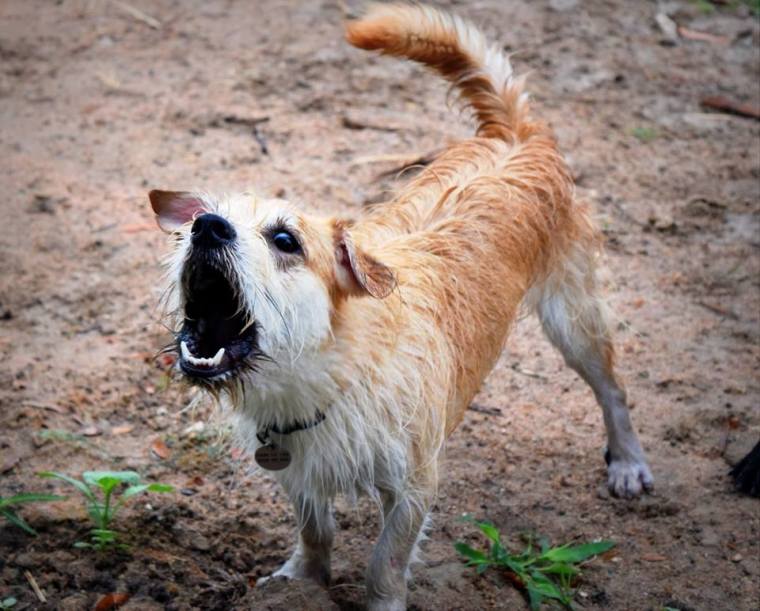
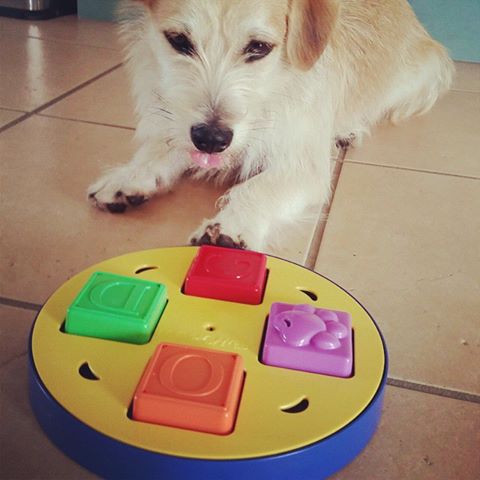

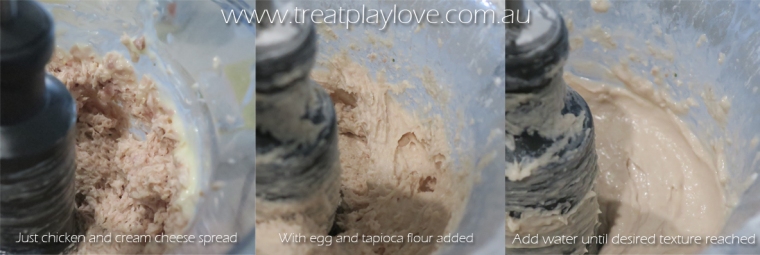
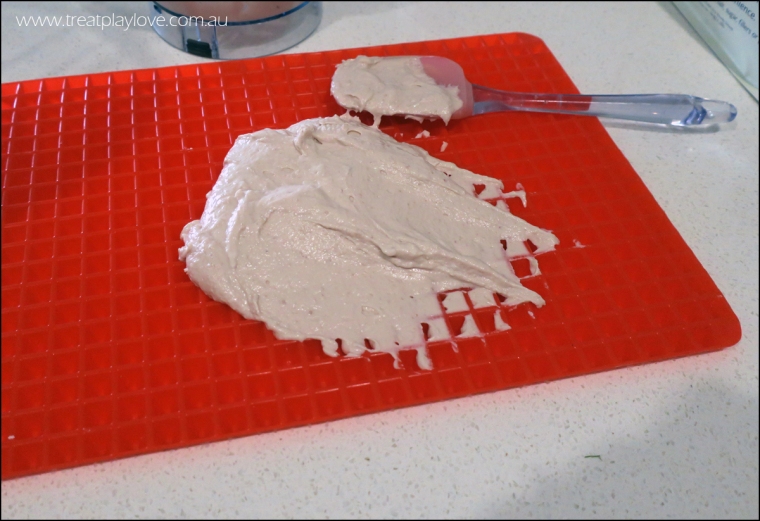
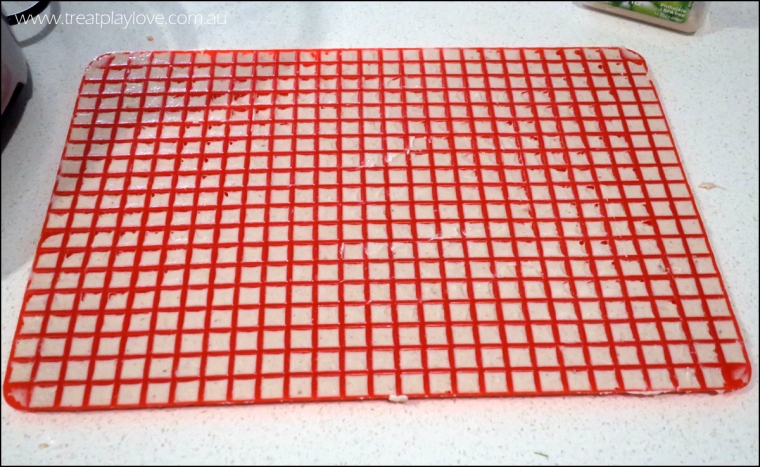
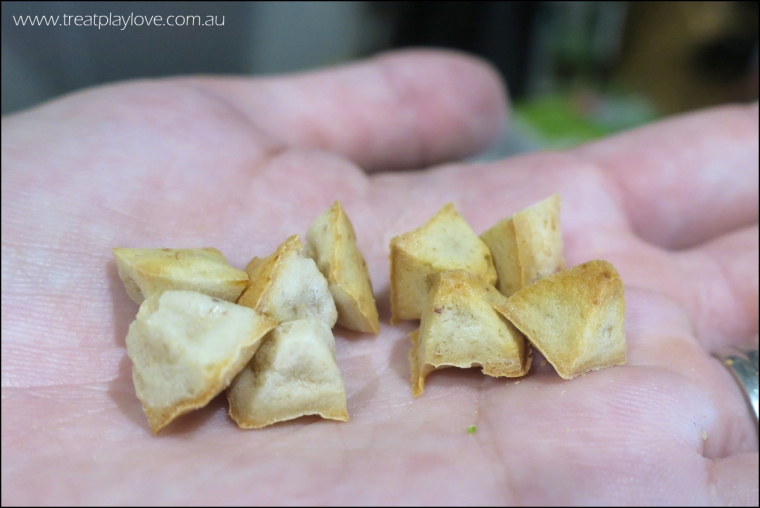
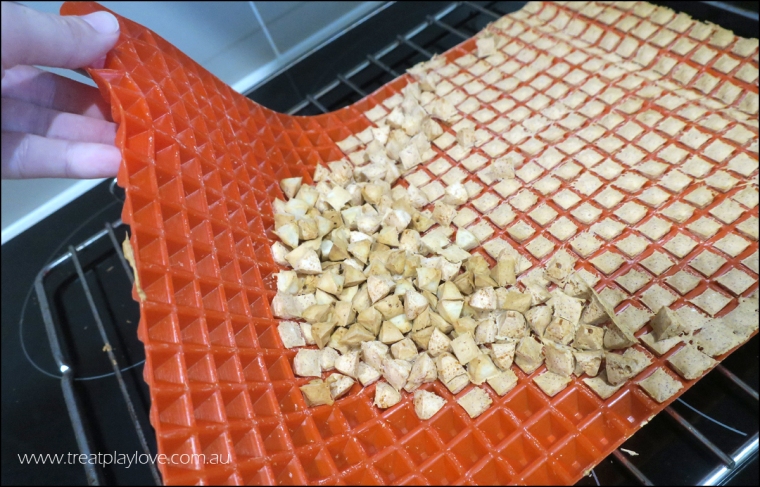
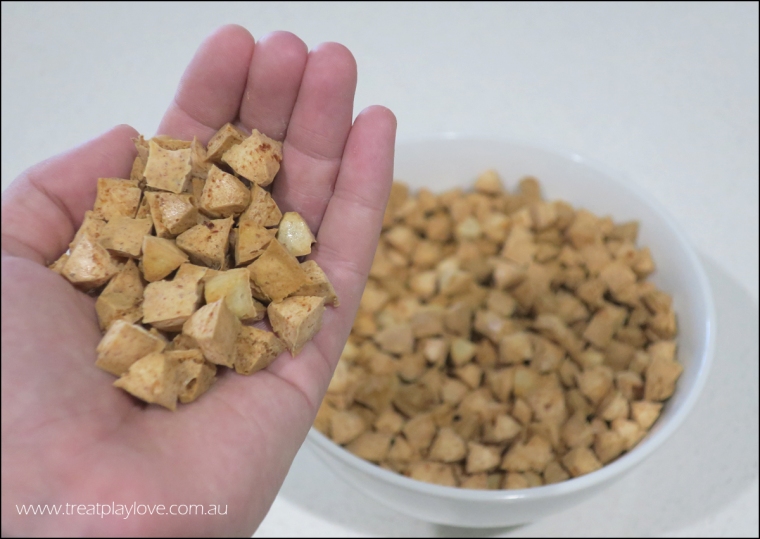
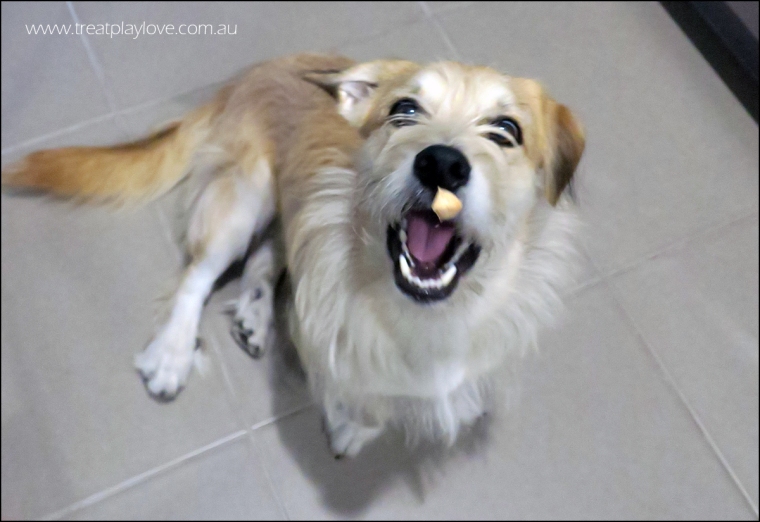



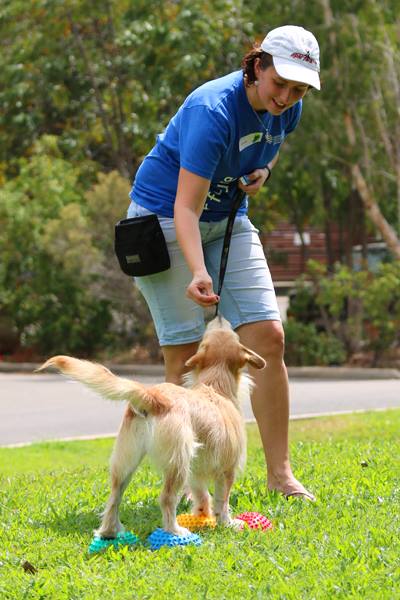 We have all experienced the frustration of being at the end of the leash while our dog bounces around and seems to be ignoring us completely. Most commonly this happens when something exciting is going on, such as when you attend a training class, take your dog for a walk, or even just when visitors arrive. “But he knows this!” we hear time and time again, while the dog becomes more frantic and the owner more frustrated.
We have all experienced the frustration of being at the end of the leash while our dog bounces around and seems to be ignoring us completely. Most commonly this happens when something exciting is going on, such as when you attend a training class, take your dog for a walk, or even just when visitors arrive. “But he knows this!” we hear time and time again, while the dog becomes more frantic and the owner more frustrated.